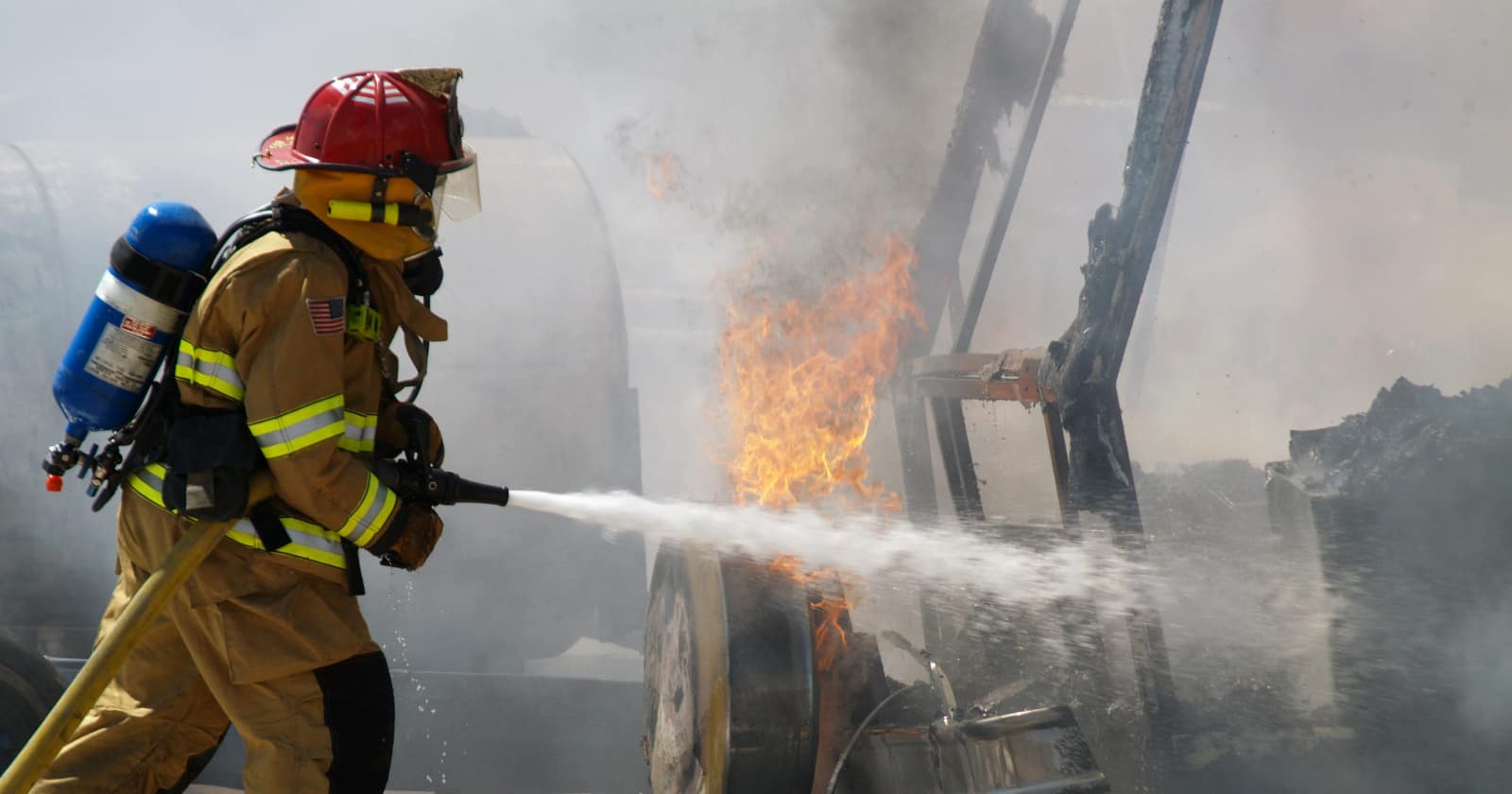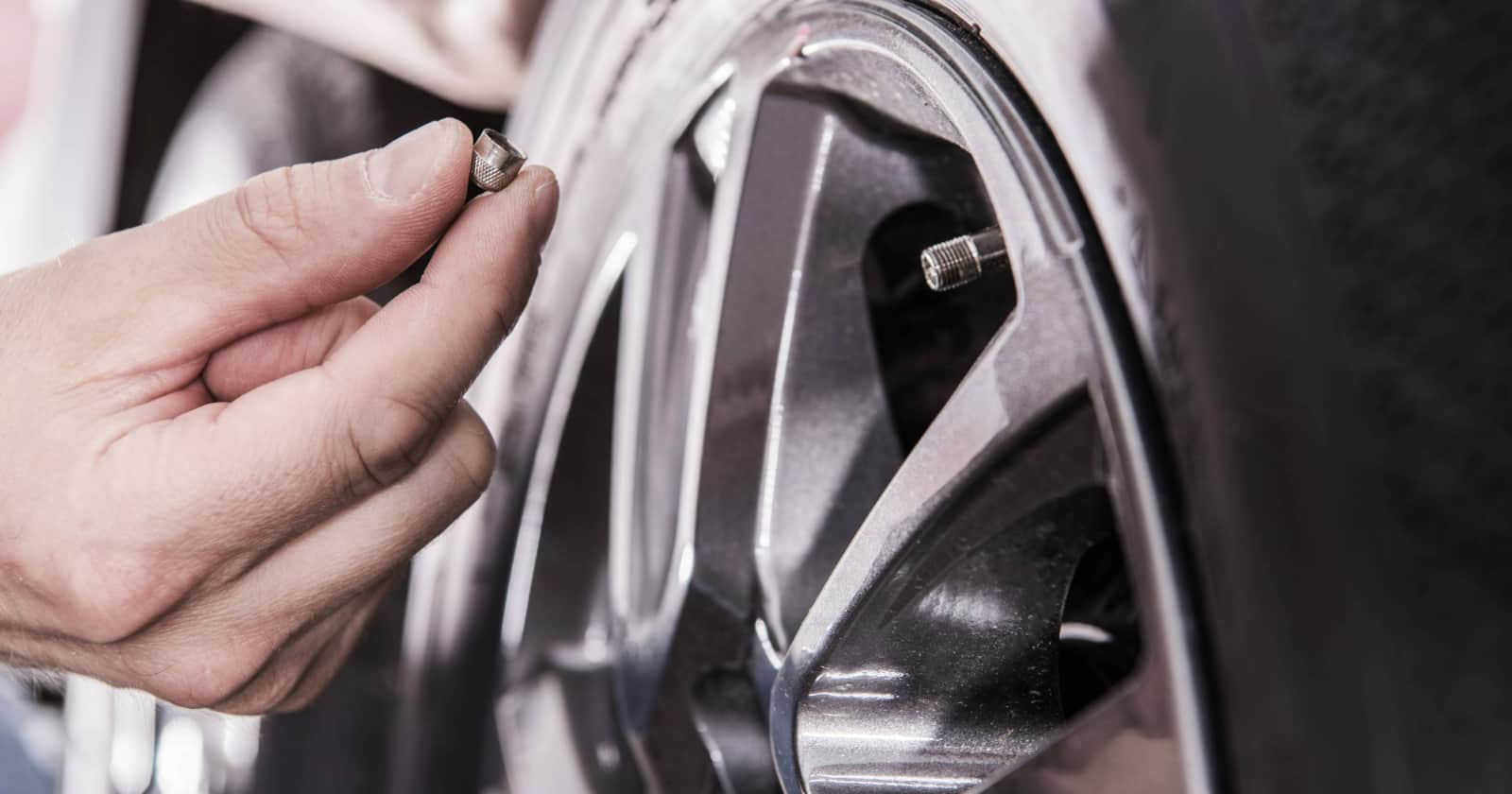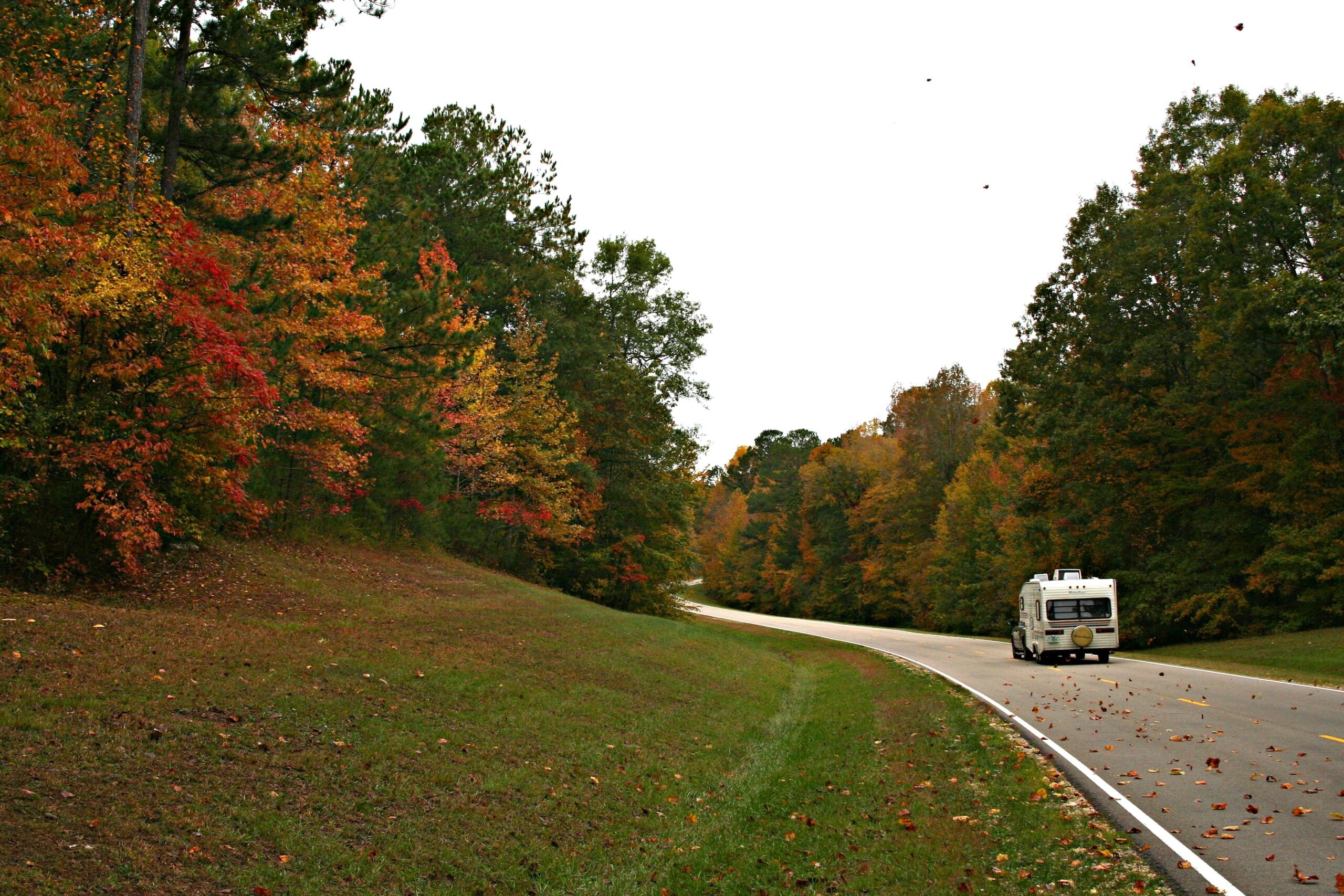
10 Important Things To Keep In Mind For Safe Travels
Nobody wants to have issues while traveling with their RV. Flat tires, breakdowns, and other on-the-road problems can all result in grumpy moods and even ruined trips.
Obviously, you won’t always be able to avoid these things. However, by following a few simple safety rules, you can reduce the likelihood that problems will arise. The question is, what kinds of rules should you be following to keep yourself and your family safe during your travel days?
In this article, we will discuss some of our top tips for safe travels so you can help ensure your next RV adventure goes off without a hitch.
1. Watch your weight
Every RV has a limit on how much it can carry safely. This is called your cargo-carrying capacity, and it’s a number you must know and abide by. Additionally, if you’ll be towing a trailer, you will want to know your truck’s tow capacity and be extra careful to stay under that number.
Youtubers Keep Your Daydream share some great tips on towing capacity in this video:
Be sure to add in the weight of your family, as well as any water that you’ll be carrying when figuring out your vehicle weights.
2. Spread weight evenly
Believe it or not, staying under your cargo-carrying capacity and your truck’s tow capacity isn’t enough alone. You must also pay careful attention to how that weight is spread throughout your RV.
Having too much weight on one side of the motorhome or trailer could cause tire blowouts—or worse, it could cause the vehicle to go out of control. It is vital that you evenly distribute weight throughout the rig and keep the heaviest items over the axles if at all possible.
3. Check your tires
Having a tire blowout in an RV is a terrifying and dangerous experience. Avoid this issue by checking your tires before every trip to ensure safe travels.
Check the manufacture date printed on the sidewall of each tire and make sure they aren’t more than six years old. Also check the tread all the way across the tires, looking for bald spots. Watch for bubbling anywhere on the tires, as well as dry rot.
Finally, you will also want to ensure your tire pressure is where it’s meant to be.
4. Hitch up properly
Whether you’ll be towing a travel trailer or fifth wheel, or even towing a small car behind a motorhome, it is crucial that the hitching process is done correctly.
Weight distribution is a must-have if you’ll be towing a larger trailer, a sway control bar is always a good idea, and safety measures such as breakaway cables and safety chains must always be in place.
If you aren’t sure how to hitch up correctly, check out YouTube videos or ask a knowledgeable friend or family member to help.
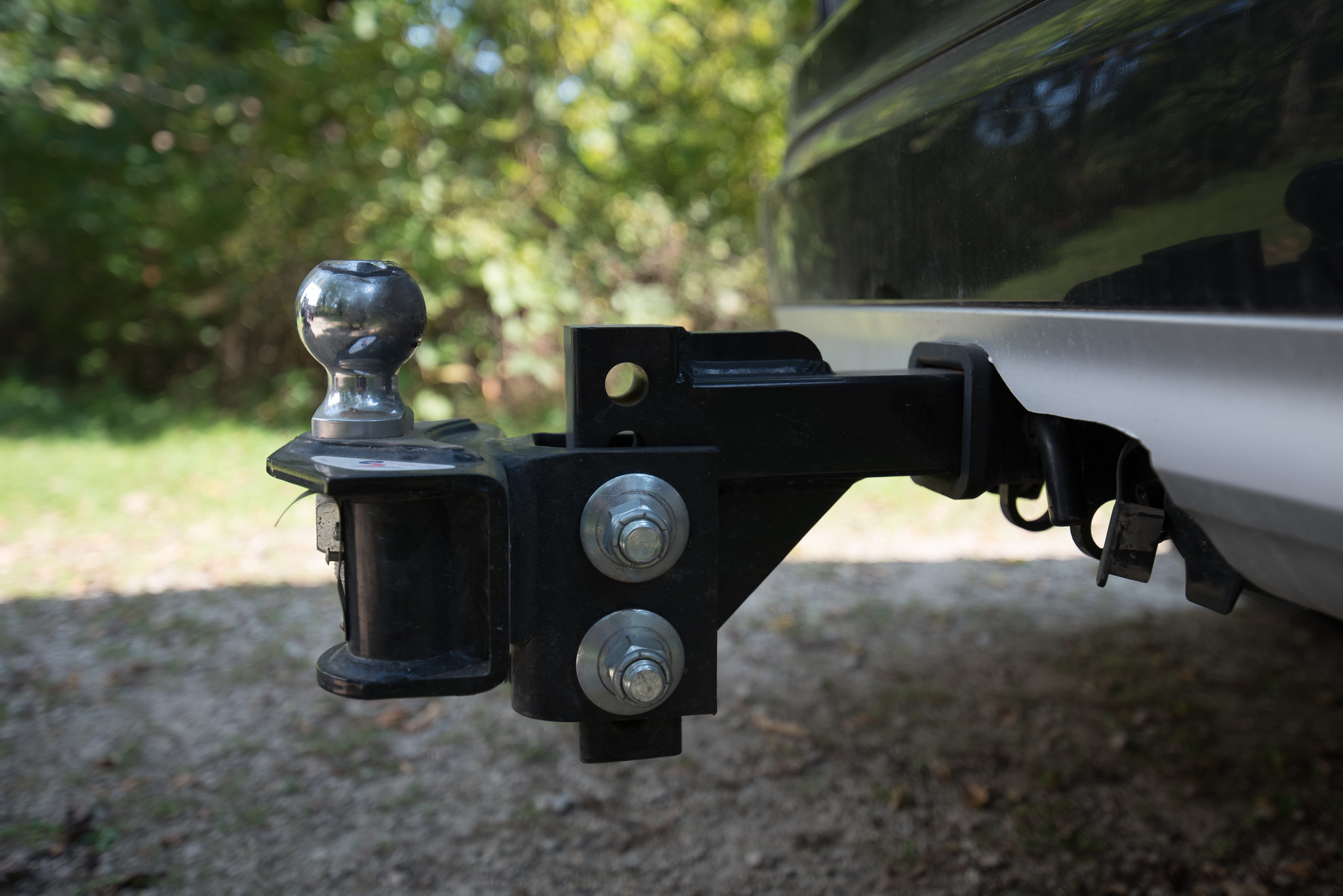
Tony Webster from Minneapolis, Minnesota, United States, CC BY 2.0, via Wikimedia Commons
5. Slow down
We know it can be tempting to keep up with the speedsters in the fast lane. However, this is extremely dangerous when driving a motorhome or towing a trailer. It’s generally best to stay in the slow lane and maintain a speed of around 55 mph.
This will help prevent tire blowouts and the rig spinning out of control. It is also helpful should you need to stop suddenly due to an accident or traffic jam.
6. Leave a gap
Speaking of stopping suddenly, it’s also always a good idea to leave a large gap between your RV and the driver in front of you. This might feel unnatural, but because larger rigs take longer to stop, it will help prevent a collision when traffic stops suddenly in front of you.
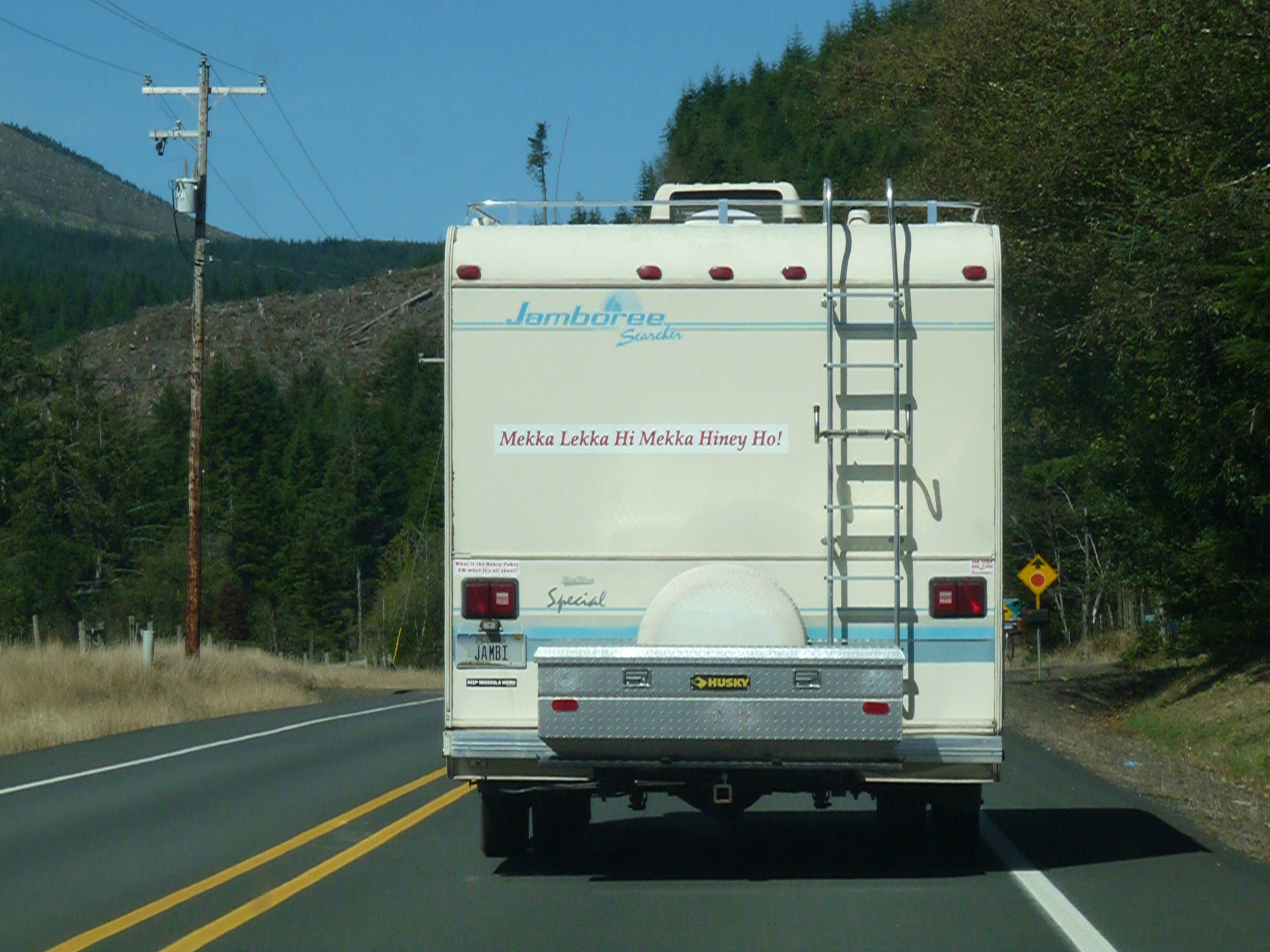
7. Have backup
Even after taking all of these precautions, there will be times when things go awry and you need a backup plan. This is where roadside assistance and good insurance coverage come into play.
Never leave home without both of these things, as well as your roadside assistance and insurance cards. You never know when you might need to call these handy helpers.
8. Charge your phone
Of course, it’s kinda hard to call your roadside assistance or insurance company without a phone. Make sure your phone is fully charged before hitting the road and don’t let the battery run low while listening to music or podcasts. It’s also a good idea to keep a charger in the vehicle in case you need to recharge—but keep in mind that if your vehicle battery isn’t working, recharging won’t be an option.
Another phone-related tip is to keep two phones each with a different provider. This helps ensure you have cell coverage no matter where you may wander.
9. Pack wisely
Even with roadside assistance, there may be times when you need to take care of a quick repair or another issue on your own. Always pack a well-stocked toolkit, a vehicle emergency kit, and a first aid kit in the vehicle with you. This will leave you prepared to handle most emergencies on your own entirely, or at least until help arrives.
10. Use an RV-specific GPS
Longer RV trips usually mean driving on roads you are unfamiliar with. Because RVs are quite large, you will want to keep in mind that low bridges and steep grades could be a problem.
For this reason, we recommend using the RV-specific GPS on our RV LIFE app, or an RV-specific trip planning tool such as RV LIFE Trip Wizard for safe travels. Additionally, it’s always a good idea to keep a trucker’s atlas on hand in case your phone fails you for any reason. Learn more about the RV LIFE App here.


